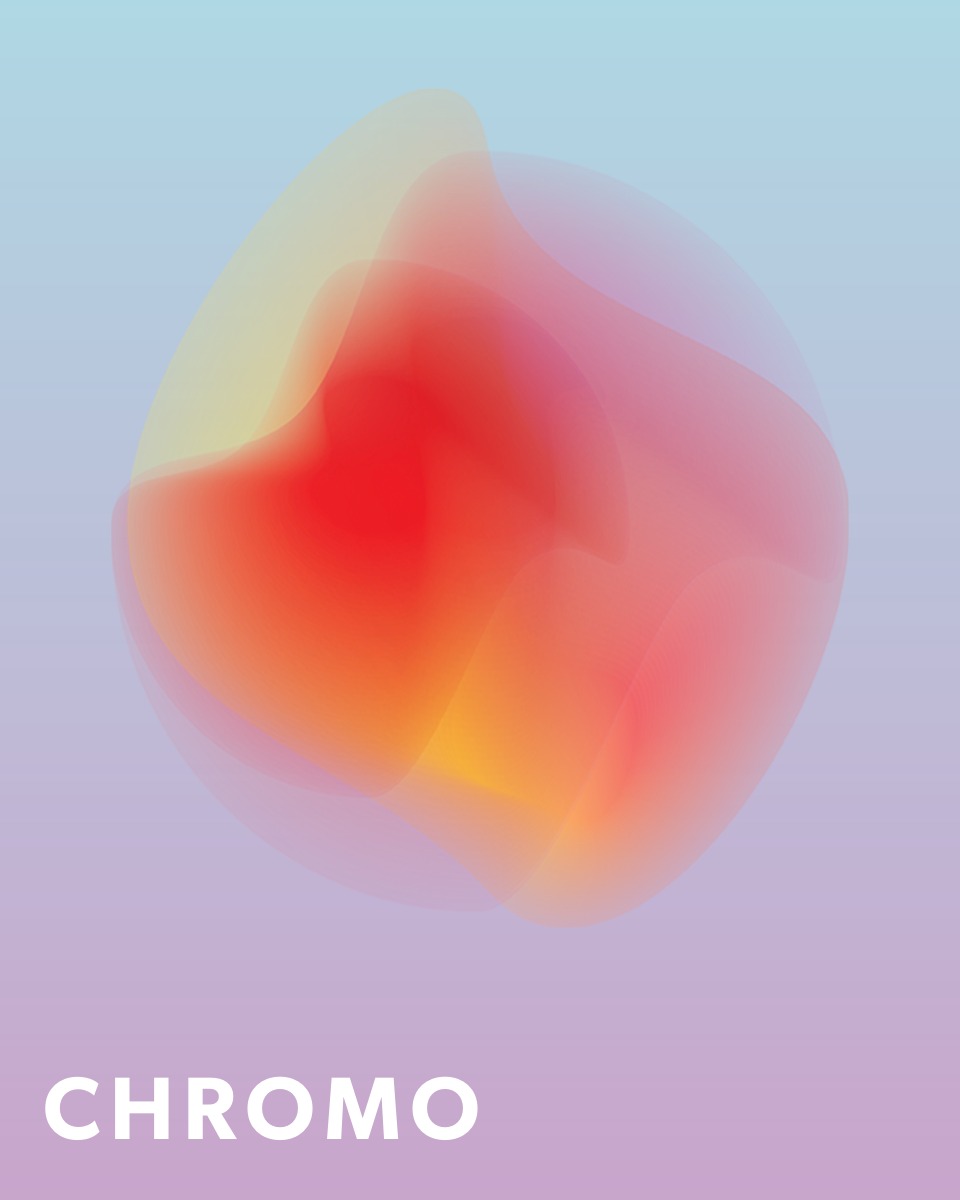Partial Order
We call a relation a partial order (in English: partial order) if three properties are satisfied: reflexive, antisymmetric, and transitive. This combination ensures that the relation creates an 'ordered' structure, although not necessarily a total order.
Formal Definition
Reflexive: every element is related to itself.
Antisymmetric: if one element is related to another and vice versa, then they are equal.
Transitive: if a is related to b and b to c, then a is related to c.
Examples of Partial Orders
- The ≤ relation on integers: reflexive, antisymmetric, transitive.
- The divisibility relation on natural numbers: reflexive, antisymmetric, transitive.
- The subset relation ⊆ on sets: reflexive, antisymmetric, transitive.
Counterexamples (Non-Partial Orders)
- The < relation: not reflexive (no number is less than itself).
- The friend of relation among people: not antisymmetric (if A is friend of B and B of A, they are still different people).
- The sibling of relation among people: not antisymmetric (siblings are different people).
Partially Ordered Set (Poset)
A set with a partial order is called a partially ordered set (poset). In a poset, not every pair of elements needs to be comparable, but where they are, the relation shows ordered behavior.
For example, in the subset relation, {1,2} and {2,3} sets cannot be compared because neither is a subset of the other. Therefore, the structure is 'partially' ordered, not completely.
Summary
A partial order is thus a relation that is reflexive, antisymmetric, and transitive. This combination allows us to establish a partial ordering among the elements of the set, which is a basic concept in many mathematical and computer science areas (e.g., graphs, hierarchies, data structures).
Practice Exercise
We have reviewed and checked the materials, but errors may still occur. The content is provided for educational purposes only, so use it at your own responsibility and verify with other sources if needed.
✨ Ask Lara — your AI study partner
Unlock personalized learning support. Lara can explain lessons, summarize topics, and answer your study questions — available from the Go plan and above.
Lara helps you learn faster — exclusive to ReadyTools Go, Plus, and Max members.


